Freedom of Information request reveals Charlton foot crossing crossing incidents: Closure justified?
A Freedom of Information request to Network Rail has revealed safety incident at a foot crossing threatened with closure on the Angerstein branch line.
Network Rail are once again attempting to permanently close the crossing which acts as a short cut form residents to reach Westcombe Park station and avoid a longer walk via busy Woolwich Road.
It turns out yours truly has been committing safety breaches. Sorry about that. Not trespassing or anything, but taking a photograph.

Network Rail first attempted to close the foot crossing in 2019 and faced a wave of opposition. Since, then, nearly 400 homes have opened on Victoria Way to the east with the link shortening the walk to Westcombe Park station.
Of the more serious 15 more serious offences, Network Rail sent details of these 13:
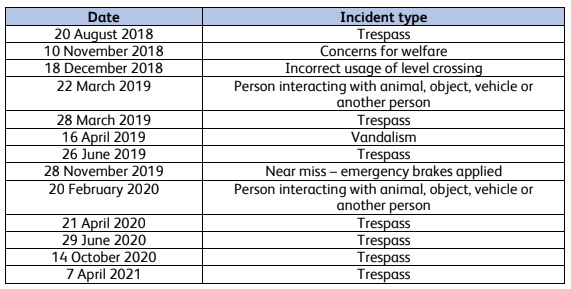
Network Rail last month stated there were “many incidents where drivers of trains had to apply their emergency brakes to avoid people on the track” yet their freedom of information request covering the past three years shows just one incident of that happening.
In addition they state:
“As well as the incidents listed above, we conducted a couple of census surveys through the level crossings team to understand crossing usage and to see if any misuse took place; this was in June 2019 and October – November 2019. While incidents were not recorded separately, it was noted that various misuse incidents took place, such as individuals stopping to take photographs on the track, loitering and trespass, including adults using the crossing to access the track.”
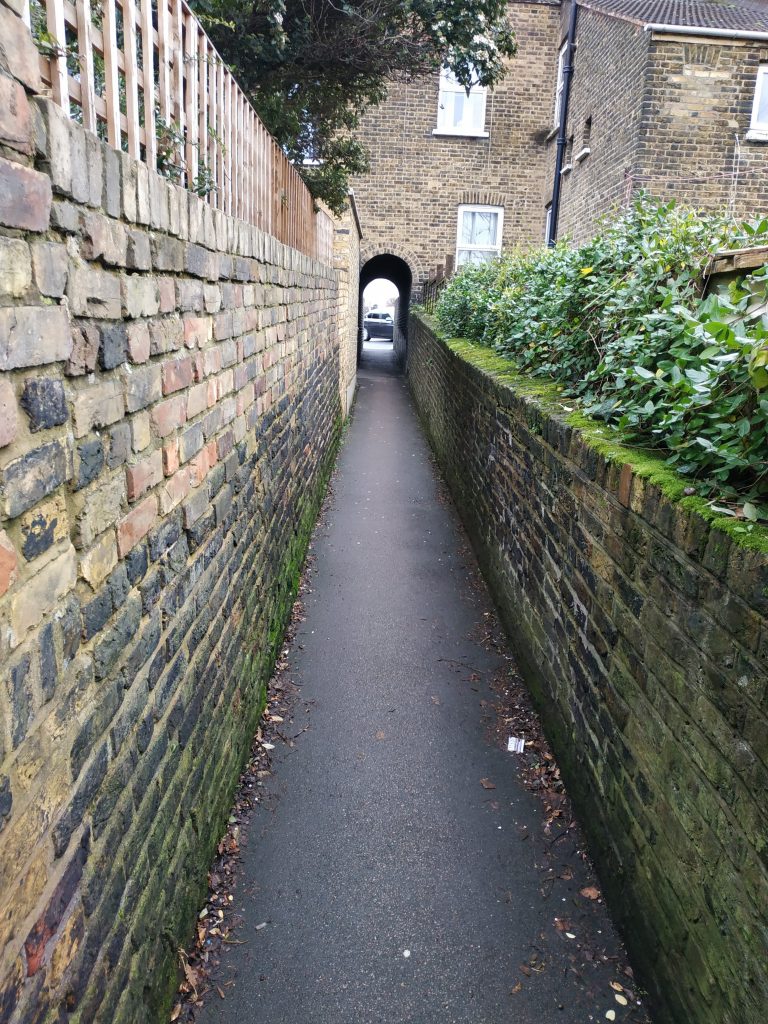
“It was also noted that various vulnerable users were using the crossing, such as those with pushchairs. Our level crossings team have also advised that in 2019 we increased the safety measures at the crossing by fitting wicket gates, as it was previously an ‘open’ crossing. However, these gates are subject to daily abuse – they are often wedged open by members of public and as such the closing mechanism needs to be regularly fixed.”
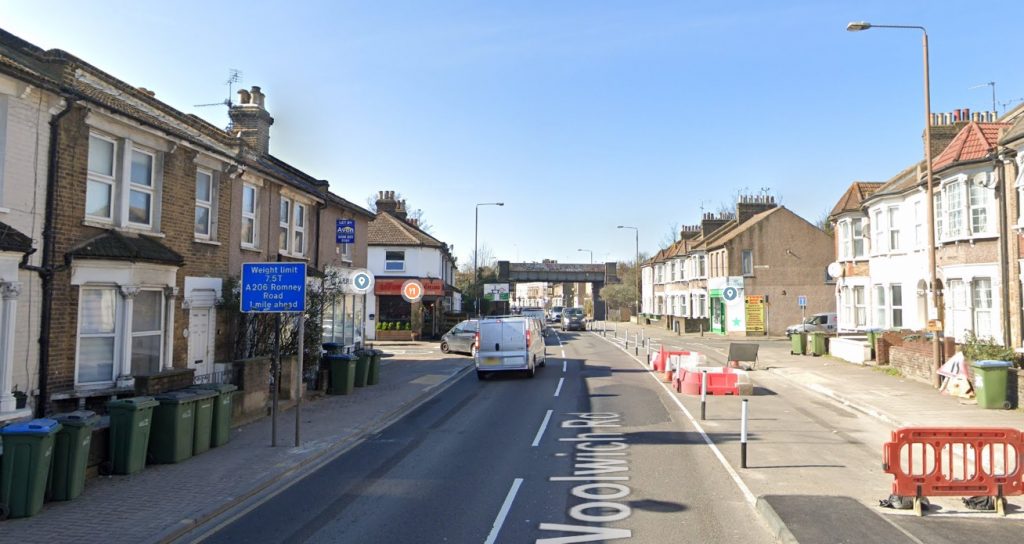
I doubt people with pushchairs are using it for the thrill of it, or in any great numbers. Look at the approach:
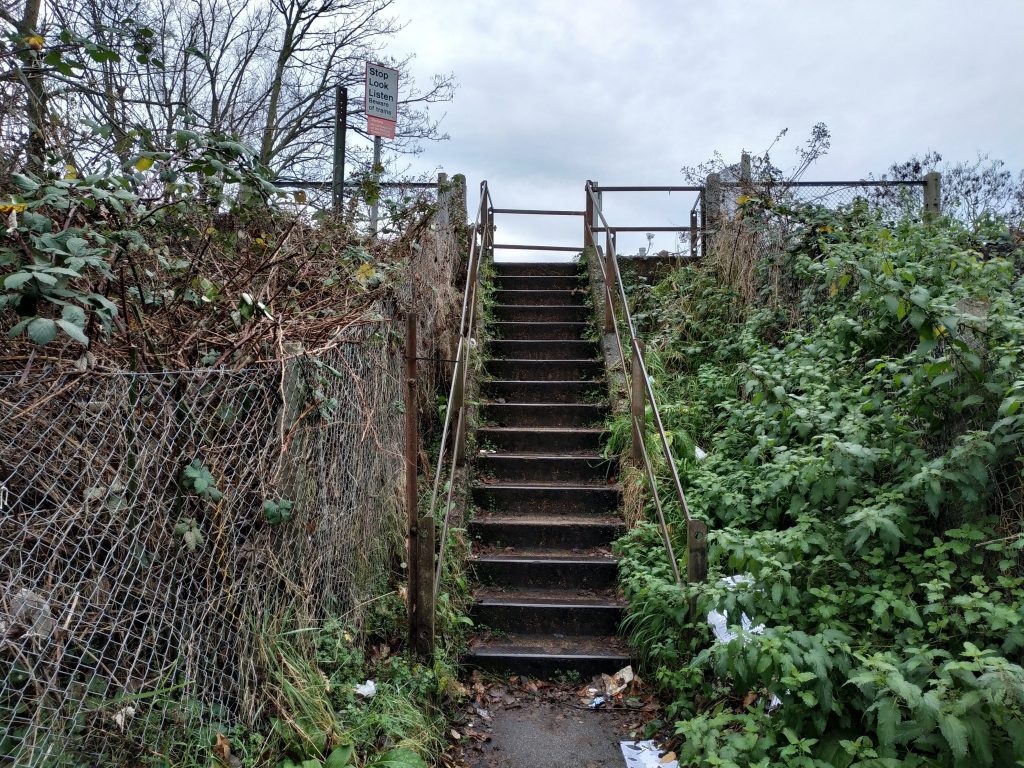
Also not sure about that wedged open bit. The staff who are positioned before train approaches can easily close. It does seem to be making a mountain out of a molehill.
Dangers
I think yours truly would have failed a few safety tests on that census with my phone – and I suspect many others have to which brings us to the wider point about how we place different emphasis on rail and road in the UK and relative safety.
I’ve used the crossing more than a few times and seen trains pass. They do not exceed 5 mph. When they’re heading down the track – which happens a couple of times a day – staff in high visibility clothing are positioned and monitor the crossing and are communicating with the driver. It’d be near impossible to seriously injure anyone.
Compare that risk to pedestrians diverting via Woolwich Road. HGVs driving at 40 mph is common. Buses, vans and cars are driving. It’s often busy, congested and polluted.
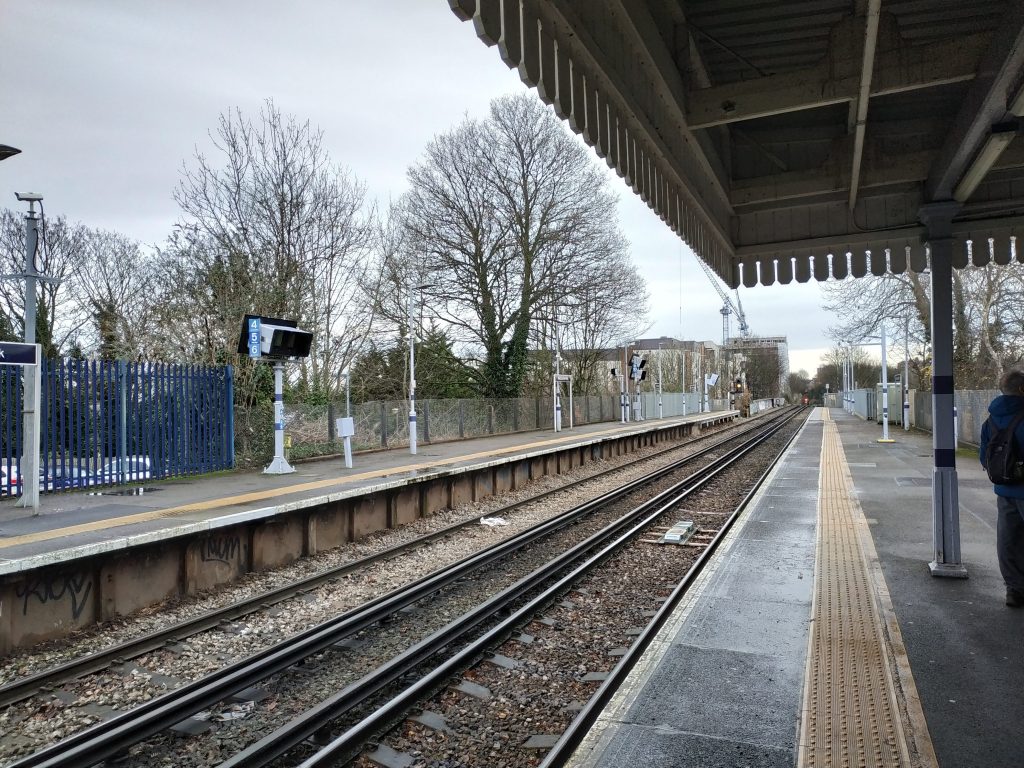
The risk of something happening is far higher yet different safety standards mean it’s ok for HGVs to travel at speeds in residential areas yet a slow moving train – and I mean really slow moving – is apparently beyond the pale.
Of course Network Rail are covering their backs and don’t really care if there’s more risk using the longer route, but looking at it more widely it’s madness how regulators and laws apply to various forms of transport.
This does appear an issue where the UK has gone way too far in favour of rail safety at the expense of overall safety. It’s notable on the continent how many nations will fence off motorways with a 100+ km/h speed limit, but are more relaxed around lower speed rail lines. There’s still fences, but not to the same extent as much of the UK.
A better balance seems to be struck in many European nations. In the UK, rail is fenced off to a great extent with even crossings on extremely low speed and sparsely used track on the chopping block.
Of course, fences make sense in many areas of the railway, and many crossings that Network Rail seek to close are often at far higher speeds on mainlines or branch lines, not an extremely low speed freight line.
It also interesting that people can head a few miles to Croydon see trams can travel along the street at higher speeds than 5mph – as they should.
Trams are a key tool in public transport use – as are direct and convenient approaches to local stations such as the Angerstein foot crossing.
Local MP Matt Pennycook has also written to Network Rail to request more information. Hopefully he can gain more information given the vague nature of answers provided.
I have this afternoon written to Network Rail regarding their latest proposals to close the Angerstein pedestrian level crossing, putting to them a series of questions that have not yet been satisfactorily answered⬇️ pic.twitter.com/HPfpdT8Fsa
— Matthew Pennycook MP (@mtpennycook) June 23, 2021
“Trespass” or “incorrect usage” as stated in Network Rail’s Freedom of Information request response doesn’t tell us much – and closing a key link for many residents to a station that could well put people at possibly more danger needs better clarity than that.
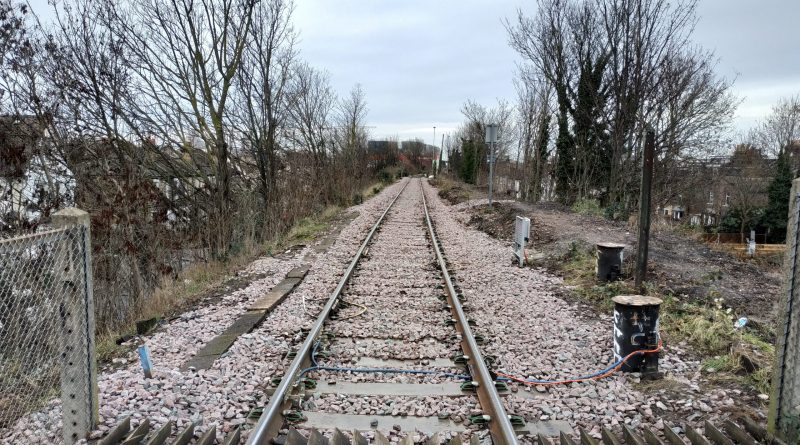

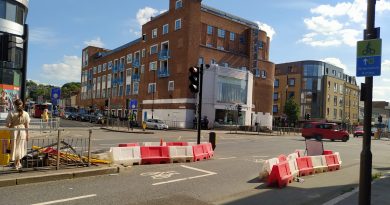
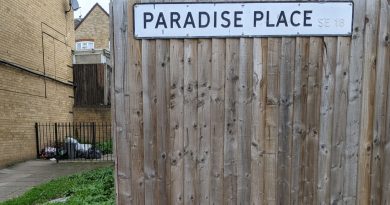


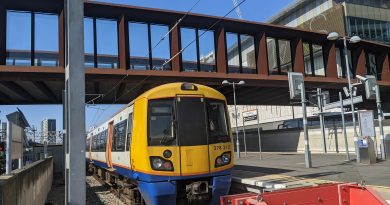
I have included this foot crossing in 111 Places in Greenwich….., guidebook published last week. It’s an important part of our industrial past and heritage – along with being very handy as a short cut-. Having stood on the side long enough to see trains stopping before continuing their little journey, I can’t help wondering why is this space such a target?
Let them close it, if they put a tunnel under it to maintain the crossing, then we’d see how keen they were to close it. I expect it’s been driven by someone looking at a spreadsheet and trying to reduce hypothetical risk to as close to 0 as they can. A tunnel would be way better for buggies etc. too. I’m not sure though that trams and a train filled with aggregates is really a fair comparison, I expect the stopping distances are very different even if the starting speed may be similar.
It’s all about money. There is a tiny risk of being sued, or the cost of having to respond to an accident report, and the cost of a staff member to police when train passing. If there was no crossing perhaps the train could go faster than 5mph. Its logical. suggest you write to the CEO
CEMEX Head Office
CEMEX House , Evreux Way
CV21 2DT Rugby
Warwickshire England
They would be much different at equivalent speed, though speeds are far different at 5mph with numerous look outs on hand v 30mph+ for trams.
The overall point I was angling towards was that safety standards for rail can seem so far over the top when looking at overall risk compared to other forms of transport.
5 mph would be about the limit anyway given the yard is pretty close in one direction and signal location.
If they boosted it to, say, 10 mph for a few metres (and that may not be possible) it’d make next to no odds on journey times.
Network Rail is determined to close the crossing and will do so sooner or later. You cannot talk sense to an organisation that has already made up its mind.
I have reported several times that the gates are too big and catch on the concrete surrounds. Network Rail design fault.
No acknowledgement or action taken.